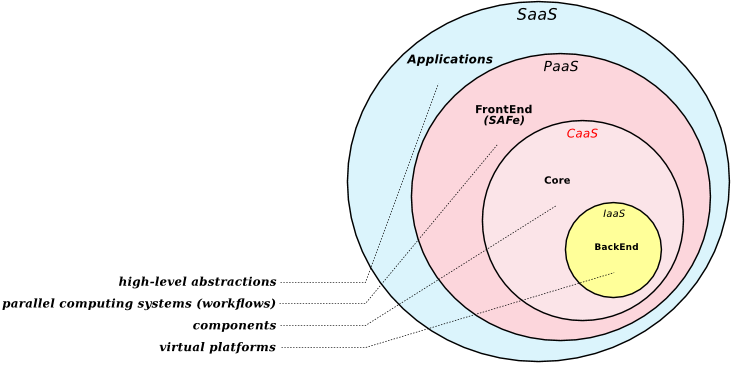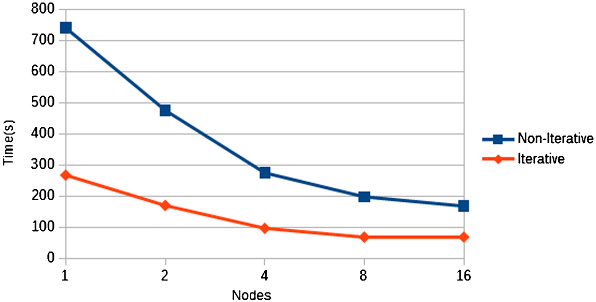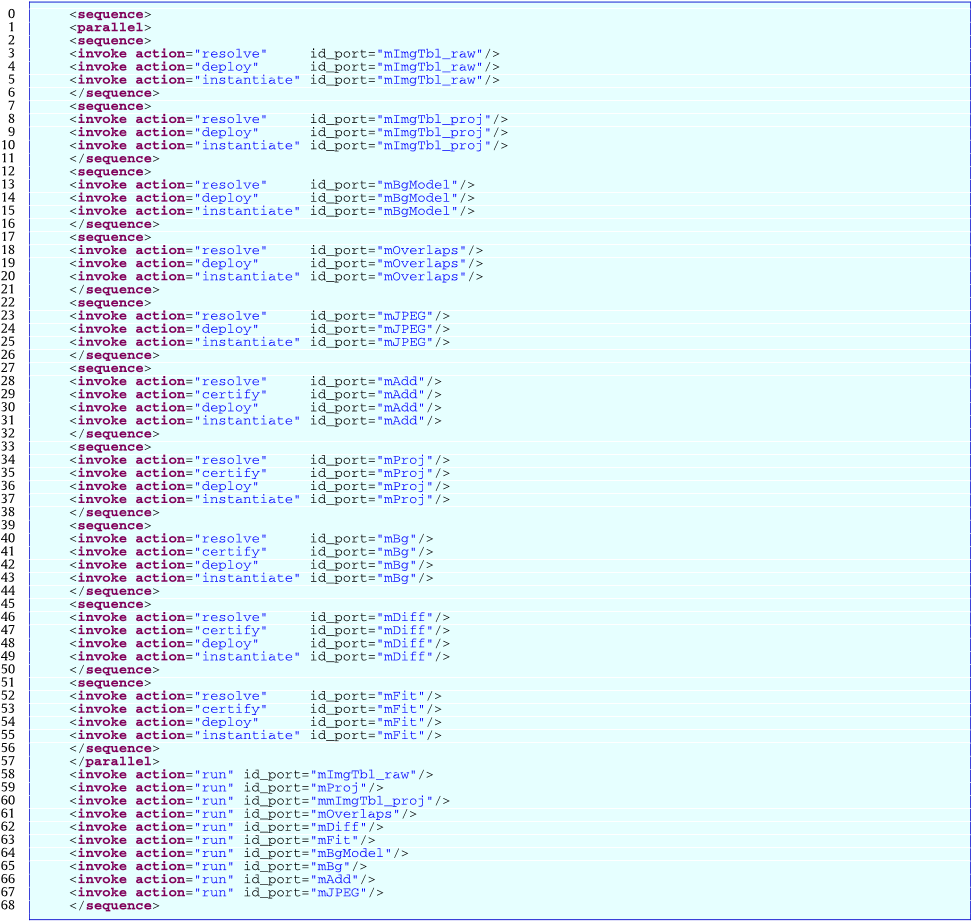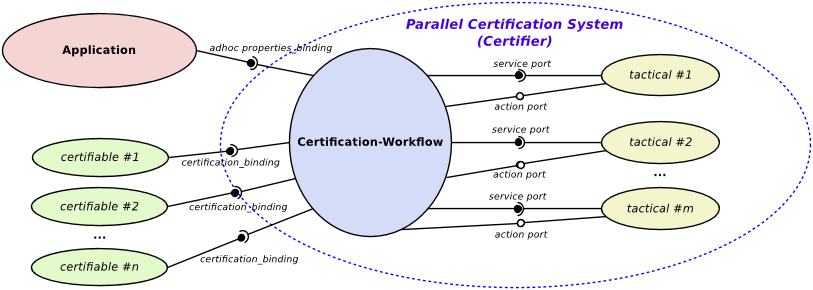Abstract: The cloud computing has deeply changed how distributed systems are engineered, leading to the proliferation of ever-evolving and complex environments, where legacy systems, microservices, and nanoservices coexist. These services can severely impact on individuals’ security and safety, introducing the need of solutions that properly assess and verify their correct behavior. Security assurance stands out as the way to address such pressing needs, with certification techniques being used to certify that a given service holds some non-functional properties. However, existing techniques build their evaluation on software artifacts only, falling short in providing a thorough evaluation of the non-functional properties under certification. In this paper, we present a multi-dimensional certification scheme where additional dimensions model relevant aspects (e.g., programming languages and development processes) that significantly contribute to the quality of the certification results. Our multi-dimensional certification enables a new generation of service selection approaches capable to handle a variety of user's requirements on the full system life cycle, from system development to its operation and maintenance. The performance and the quality of our approach are thoroughly evaluated in several experiments.




















